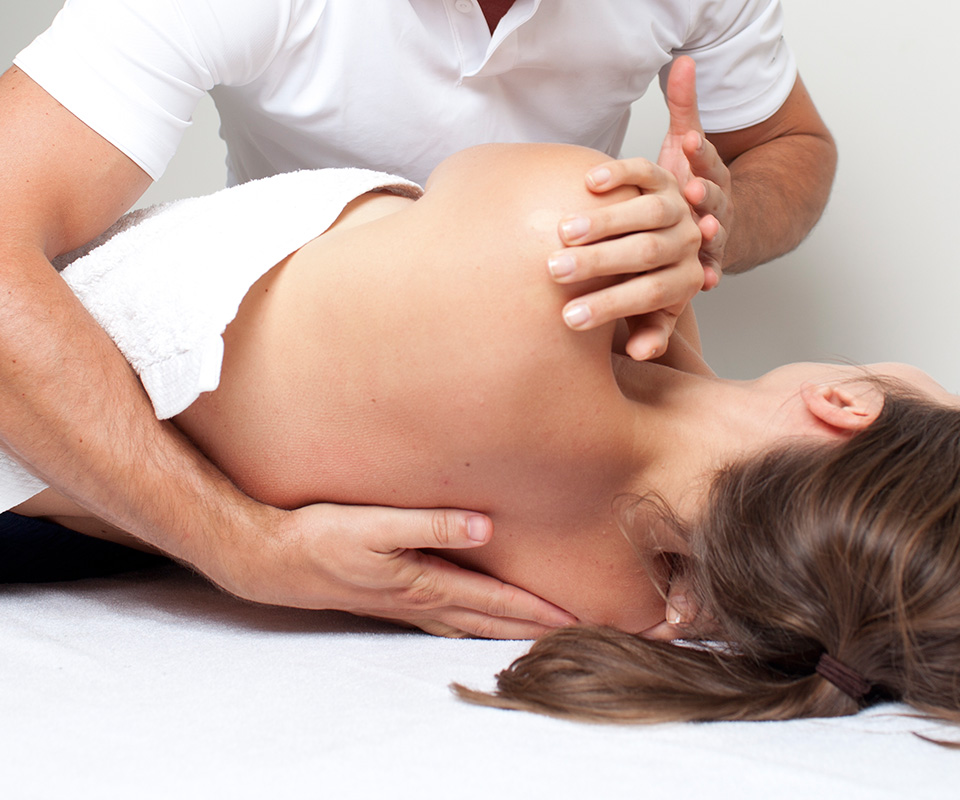
At one point in life, 80% of people suffer from back pain. While this is the reality, getting the right treatment to alleviate back pain has continuously been both challenging and frustrating for both healthcare providers and patients. All the same, the first step to finding the right treatment is to understand the type of back pain that you have.
Flexion dominant back pain
This is the type of back pain that is described in terms of injury to a disc. The pain and symptoms follow these patterns:
- Bending, lifting, and sitting makes the symptoms worse
- Symptoms improve after walking or standing
- Numbness or tingling may be experienced
- Can progress to cause leg weakness
- May include leg pain, spine pain or both
- Lost range of motion
Effective care includes directional stretch or exercise which is performed at intervals throughout the day. This helps maintain the spinal range of motion as well as reduce pain. A trained physiotherapist will help determine the best stretch. At The Center for Physical Health, we are happy to give you the assistance you need. We are a reputable physiotherapy clinic in Ajax and Pickering.
Extension dominant back pain
This pain is described often in terms of the joints at the back of the spine known as the Z-joints. The signs and symptoms include:
- Pain after an extended period of standing
- Temporary relief from bending or sitting
- Stable range of motion but doesn’t change in short periods of time
- Pain after engaging in high impact activities
- Localized spinal pain
- Stiff back
- Can include tingling, leg pain, or numbness
Care for this back pain is finding a way to reduce pressure on the spine. Persons with this condition often stand with their backs arched. Long term treatment focuses on core/spinal strength and stability with hip mobility.
Neurogenic claudication
This is a type of extension dominant back pain that affects persons over the age of 60. It is caused by nerves being compressed when patients are standing or walking. They can limit a person’s ability to walk long distances. Signs and symptoms include:
- No symptoms while sitting
- Numbness, pain, or weakness in the legs after rising and walking
- No local spine pain
- Bending forward or sitting reduces the symptoms
Flexion-based stretches and strategies are used to treat neurogenic claudication. Exercise and training can be used to reduce pelvic anterior tilt when standing.
Inflammatory back pain
The pain is caused by excessive inflammation in spinal joints. It is often caused by a secondary medical condition that causes the immune system to attack spine joints. Common signs and symptoms include:
- Pain starts in patients below the age of 35 and is not caused by trauma
- Pain persists for over 3 months
- Pain and stiffness worsen with immobility and eases with physical activity
Management plans that teach positions of relief and activities to avoid when experiencing flare-ups can help.
Chronic pain disorders
This is the most challenging condition especially when the cause of pain is not caused by any organic cause. Signs and symptoms include:
- Pain doesn’t follow a typical anatomic boundary
- Depression or anxiety worsens the pain
- Location of the pain might migrate
- Decrease and increase in pain are not linked necessarily to physical stressful events or mechanical trauma
Treatment for chronic pain disorders involves working with multidisciplinary health team including physiotherapists. CP Health is a sports medicine clinic, offering physiotherapy in Ajax and Pickering. To book an appointment CALL NOW at 📞 (905) 239-5001
